
Can I put plastic in the dishwasher?
Find out what types of plastic can go in the dishwasher and how to wash your plastic items without damaging them, with Finish®.

Plastic is found everywhere in our kitchens. There’s the tough, durable kind that lunchboxes and knife handles are made from; the soft pliable type; and the slim clear sort that’s often used for food containers or plastic bottles. But the question remains: can plastic go in the dishwasher without damage?
The answer depends on the type of plastic, whether it carries a dishwasher safe symbol, and how you load it.
WHAT DOES “DISHWASHER SAFE” MEAN?
When an item has a dishwasher safe symbol, it means the manufacturer has tested it to withstand dishwashing heat, water pressure, and detergents.
Common dishwasher safe signs include:
If there’s no dishwasher safe icon or label, assume it’s not safe. This helps avoid warping, cracking, or chemical leaching.
TYPES OF PLASTIC AND WHETHER THEY ARE DISHWASHER SAFE
Not all plastic items are designed to withstand the heat and cleaning action of detergents in a dishwasher cycle. To know for sure, here’s a breakdown of the most common types of plastic, and how suitable they are for dishwashing.

REUSABLE PLASTIC CONTAINERS
Most food containers or bottles are safe to reuse if it has been marked as reusable. However, some may not be sturdy enough to handle the heat and detergent. When washing these products, always put them on the top rack (far away from the heating component) and avoid using deep clean or sanitising cycles.
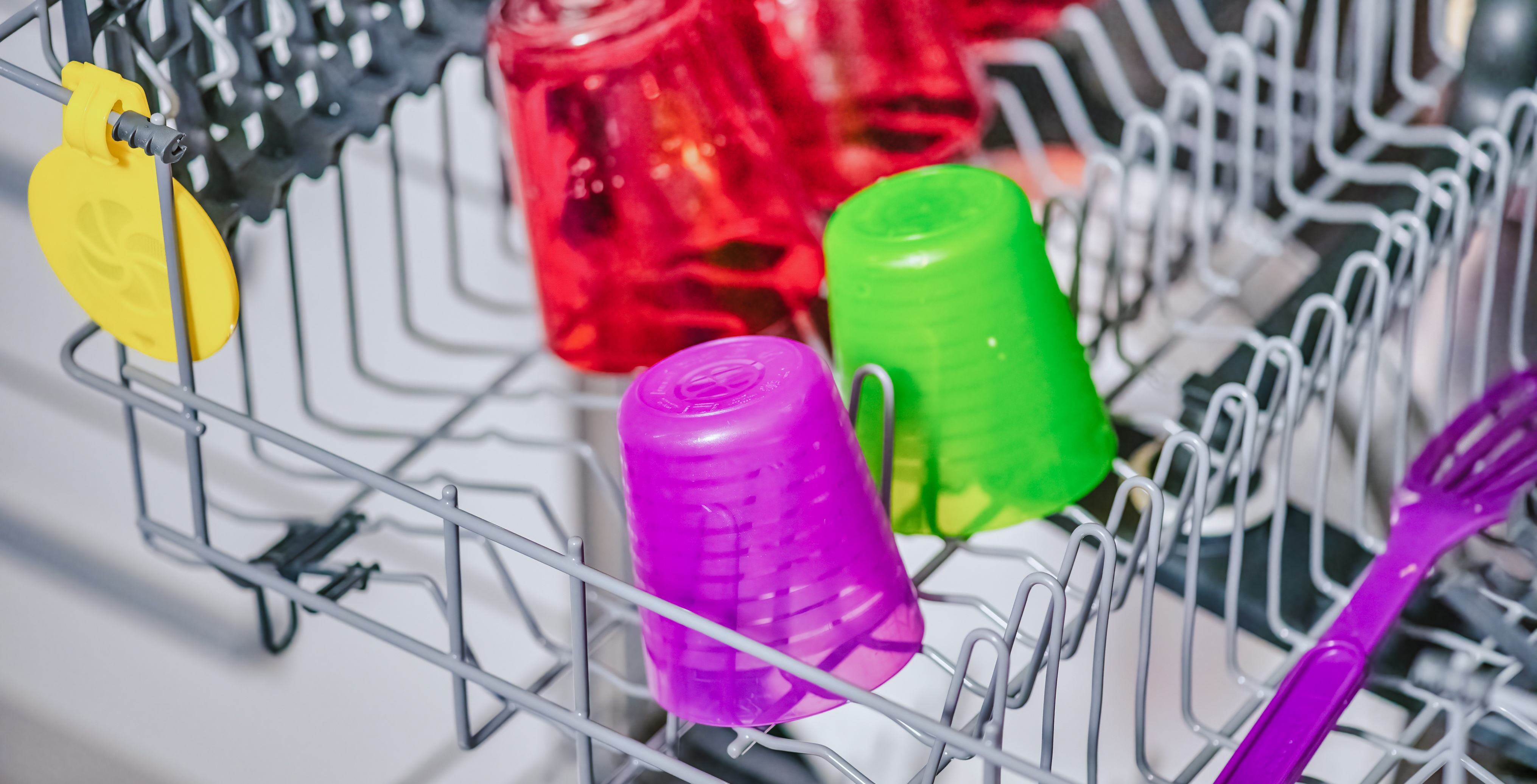
TABLEWARE AND CUTLERY
Outdoor plates, cutlery, baby bottles, plastic chopping boards, and acrylic glasses are often dishwasher safe, but high heat can shorten their lifespan. Top rack placement is recommended.
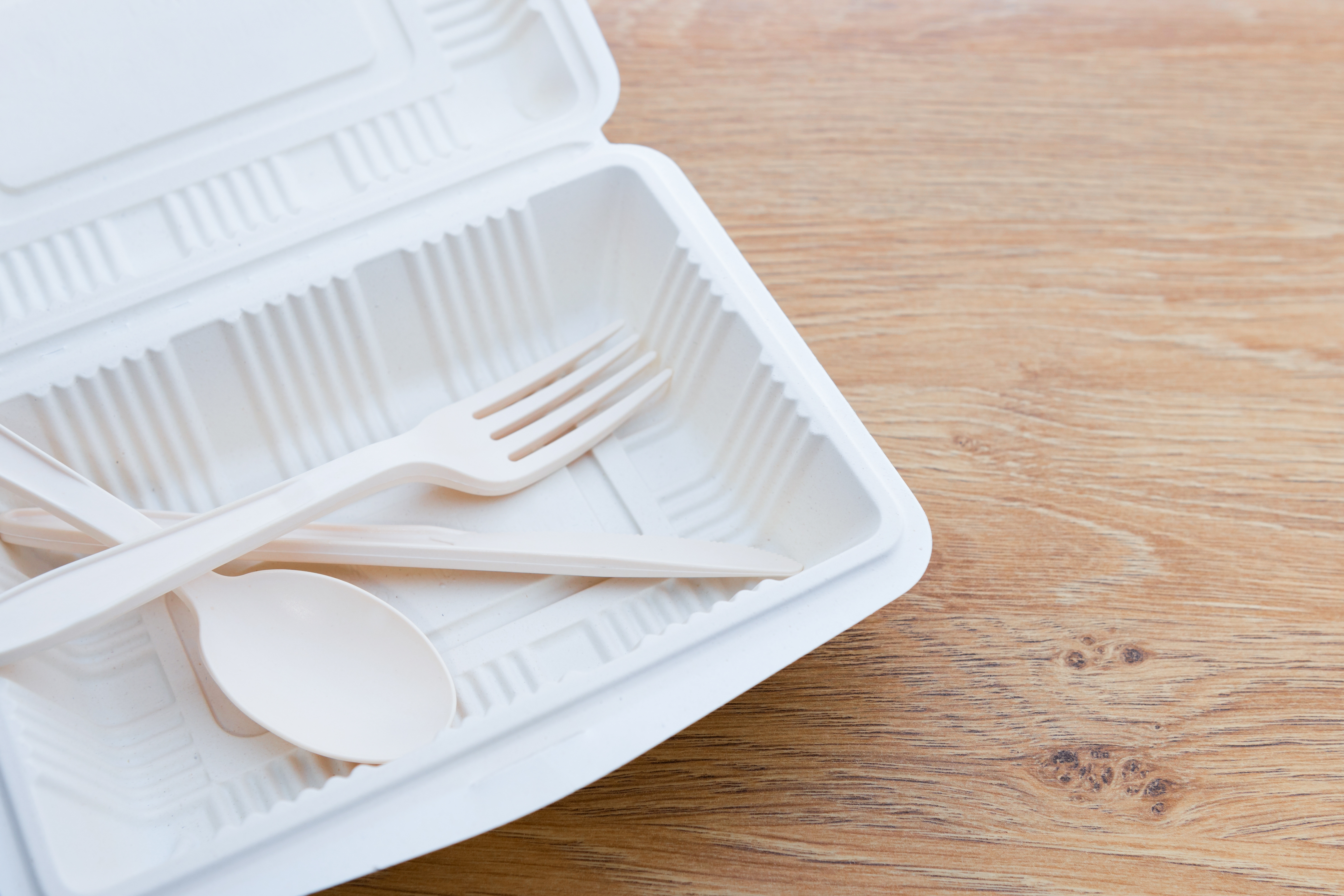
DISPOSABLE PLASTICS
Thin, single-use plastics (such as takeout food containers and disposable water bottles) are not dishwasher safe. They warp, melt, and may release harmful chemicals.
Can BPA-free plastic go in the dishwasher?
BPA (bispenol A) is a chemical once used to harden plastics. It can leach into food when heated, which may be damaging to our health when consumed. That’s why many modern plastics are now BPA-free.
If your plastic item is labelled as BPA-free and carries a dishwasher safe symbol, it should be fine to go in the top rack. But be wary: some companies claim their products are BPA-free, yet use substitutes like BPS, BPF, or BPAF that carries similar health risks. As such, it’s best to check if the product is truly BPA-free before putting it in the dishwasher.
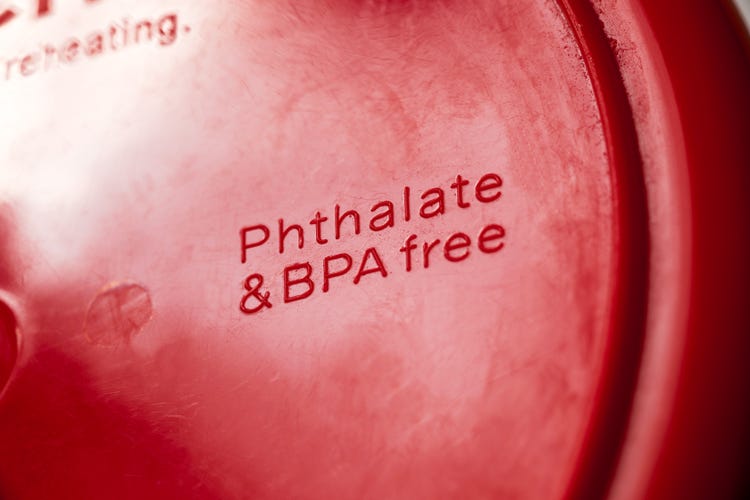
DISHWASHER SETTINGS FOR PLASTICS
Even if your plastics are labelled with the dishwasher safe symbol, how you wash them makes all the difference. The right cycle and placement can help your plastic containers go in and out of the dishwasher clean and undamaged.
Some dishwashers have cycles designed for plastics, with lower heat and gentler action to avoid damage. If yours doesn’t, you can try these dishwasher settings below.
SAFE SETTINGS TO USE ON PLASTIC
- Heated Rinse
Uses hot water at the end of the cycle for quick evaporation and streak-free drying. Suitable for all dishwasher safe plastics.
- Fan Dry
Circulates room-temperature air to dry dishes, Energy efficient and works for all dishwasher safe plastics.
- Heat Dry
Uses an internal fan with hot air. Only safe for heat-resistant plastics (like those labelled as microwave safe).
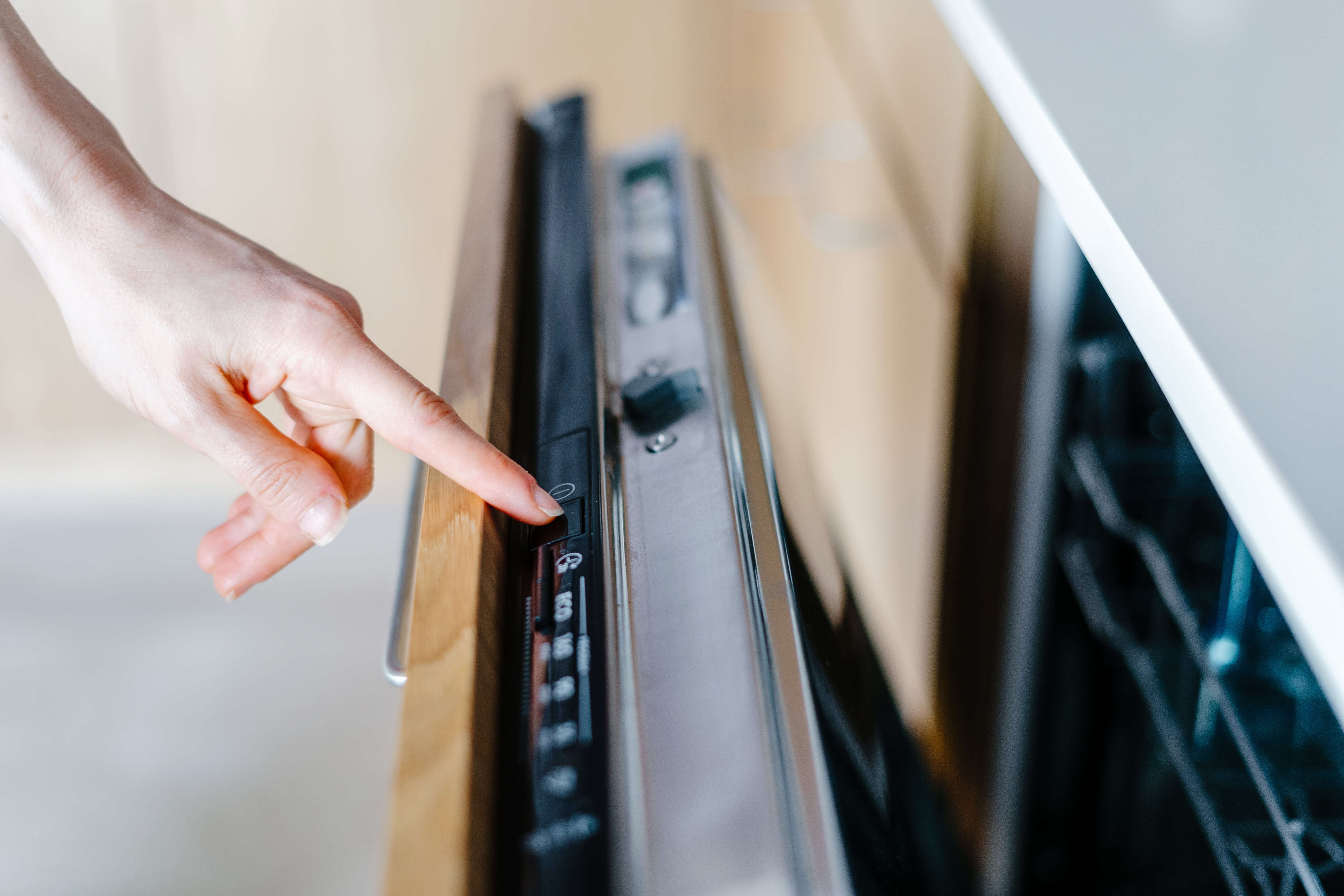
In terms of the placement, it's best to stick to the top rack. This keeps plastics away from high heat at the bottom. Place them at an angle so water drains instead of pooling. Lastly, never use harsh chemicals such as bleach or other strong cleaners on your plastics, as they will degrade faster.
Can Finish® be used on plastic?
All our Finish® detergents are designed to work safely and effectively with plastic items that are suitable for dishwashing.
SOURCES:
How to load your dishwasher
Video tutorial: How to load your dishwasher

AND REMEMBER TO #SKIPTHERINSE
TO REDUCE YOUR WATER USE!
Skipping the pre-rinse is one of the most effective ways to save up to 75 liters of water per load.
Learn more.png?width=70&height=45&format=png&quality=50)
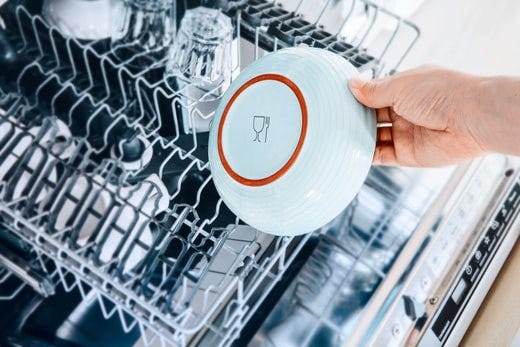
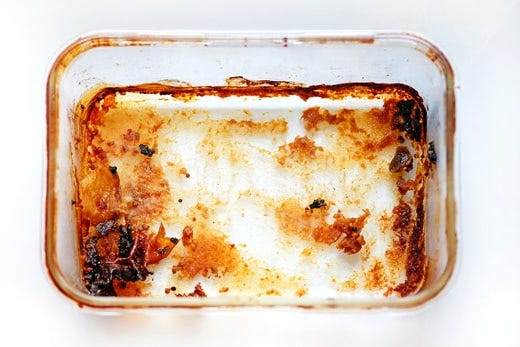
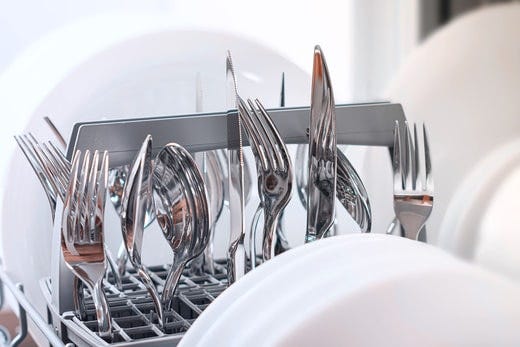
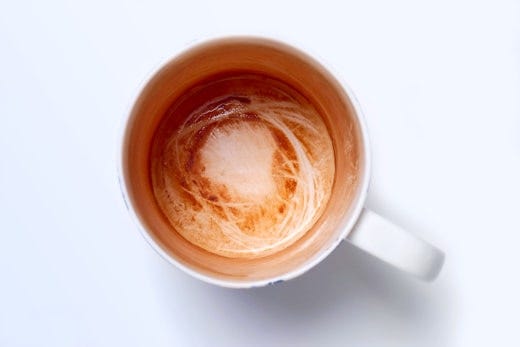

.png)